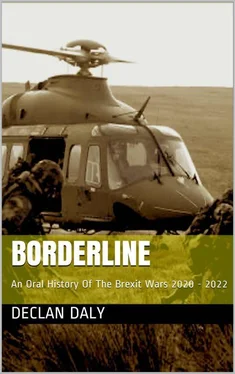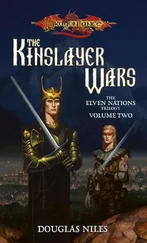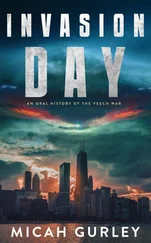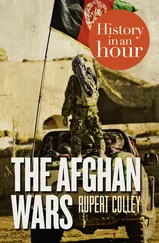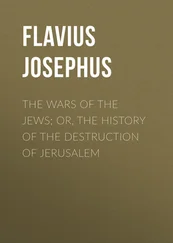The first part of this process increasingly used airmobile – helicopter borne – troops as the Air Corps’ number of helicopters itself began to increase with the introduction of extra AW139s. Referenced in this account is the purchase order that had been made for the much bigger Chinook helicopters which could drop into battle an entire platoon of troops using the same number of pilots and crew as an AW139. This order was almost suspended after the loss of Wolf 2 and the risk of losing so many people in one go became less theoretical and much more real. Nevertheless, with the lead time to train pilots and technicians being so long, the ability to move more people at once was undoubtedly required and with the addition of defensive aides – flare dispensers and infra red jammers to distract heat seeking missiles – the heavy lift helicopter order was continued.
The follow up part of the process, occupying and clearing an area depended mainly on mobile troops travelling in MOWAG Piranha armoured personnel carriers. These too were increasingly upgraded as the conflict progressed and their vulnerability to IEDS and rocket launchers became apparent. Simple measures such as bar armour – a metal frame designed to detonate incoming weapons warhead outside the hull rather than inside it could have saved lives in the Cooleys, with one vehicle and crew having been lost to an RPG that had been turned into an IED. It was buried into the top of an earth bank, on the side of a track leading into the hills and was detonated by remote command. The rocket struck the vehicle in the flank, penetrated its hull and killed the driver and commander. The fact that it would have been worse if the APC had been full of troops at the time was little consolation.
The last part of the process, the constant patrolling, now fell to the part-time soldiers of the second line reserve, initially from locally raised units but soon from units from all over the country. The risk was less, but not none. These troops would complete their four months of military training with an almost exclusive focus on this task, with most other sections of the training syllabus being stripped away or reduced significantly. Modular courses and on the job training produced the organic NCO cadres of these units over time, but they were still officered by regulars and for much of the time, Sgts and above were still regular soldiers too.
These smaller scale operations continued throughout the Spring and Summer of 2021 as death throes of the IRA continued and new threats began to emerge, but Operation Swallow was seen as a success, but a costly one – twenty more dead and sixty four wounded. If the offensives in the Sliabh Blooms and the Cooley Mountains marked the end of the Black Winter, the loss of Wolf 2 was perhaps it’s parting shot. One last spasm of pain before it disappeared with the main threat posed by the IRA.
◆◆◆
Operation Swallow – Day 7
Comdt Brian Rafferty AC, Ret’d
‘The skipper on Wolf 2 that day, I'd flown with him so many times in the left seat, you know, back from where we thought was the start of everything, that first job on the border that started all this, and a long time before that too. Even after I got my command upgrade, sometimes two captains would end up getting scheduled together, and even then, I really enjoyed flying with him. So even though so many other people lost their life in that incident, in my head it always comes back to him. I know that sounds a bit weird, but you go on with the friends you start with and when you lose one of them, it’s a bigger deal. He was the one I knew most.
His copilot that day was a new guy, same cadet class as Denny, the chap that died in the EC135 in the same area a few months earlier, so there was that horrible irony there too. The other crew members, the two gunners, they were new as well. I had flown with one of them a couple of times but didn't know them as well as some of the older crew guys, but the skipper that day, he was that old thing, a buddy, comrade in arms, we fought together, flown together for a long time. Yeah. We were friends. None of those other things made a difference on the day who he was crewed with or anything else, I’m not saying if I was there it would’ve been different or any of that rubbish.
He was in the middle of a three ship flight, plenty of experienced crew on the other two aircraft as well. They were running in low on the southern side of the Cooleys. That that was thought to be safe by that stage; and most of that area had been cleared out over the week of fighting. So, he was in the middle of the formation and just doing what we had been doing, you know, just fighting into an area with a group of enemy in there, look – just doing what we had been doing.
I was actually on the ground back in Dundalk at the time, refueling. We had just come back from an assault ourselves, not far from the same area. Just a little bit further over the ridgeline on the northern side. So, we were on the ground when we heard the news.
Talking to the other guys in the flight, the leader didn't see anything until it was all over. The first aircraft- they were flying ahead of everything that happened. The guys in the third aircraft saw it all unfold. Even they will tell you that's probably a dramatic way of putting it, it was over very, very quickly.
What happened, appears to be, that one of the areas we had cleared but hadn't been able to patrol into yet, the IRA sent two missile teams out of what became their final basecamp on the eastern side, sent them out to get further along to the west and hit us. Our lads were down low, loose tactical formation- so a good space between each aircraft for exactly this kind of reason – and according to the guys in the aircraft behind them; the first thing they saw was the first missile hitting and the aircraft just fireballed. The second missile, it just flew into that fireball and detonated. It, it didn't change anything. Nothing extra was done that the first shot hadn’t already achieved.
There were a four crew and nine troops on that machine. One of the guys in the back was a Sergeant Dan Morris, he'd actually been on the ground for, as we called it, the ‘first mission of the war’ as well, so he didn't make it the rest of the way through things either.
Forensically, after the investigation, what we found out was that the first missile hit the exhaust on the near side, just flew straight into it. The missile was fired almost level with them, they were down that low, so it just flew right into the exhaust.
That engine exploded and more or less pushed the gearbox forward and tipped it over into the cabin. At the same time the fuel tanks went off and the other engine also exploded, and this cooked off everything else in the cabin that was there. So, you're talking ammunition, grenades and at least one AT-4 Short Range Anti Armor Weapon that the troops were using for bunker busting in the ground fights. They reckon that blew apart the gearbox and that it did a lot of the other damage as well. It just cooked off straight into the main gearbox. Like those things are made of rock, I mean they're practically carved out of granite. Have you any idea to kind of force that it takes to destroy one of those things? And we just found bits, it completely ruptured. Gears, casing, everything. We just found bits of it all over the hill. The second missile just flew right into all that and exploded. Really after that, there wasn't a whole lot left of any individual person in the cabin. Or the cockpit. Look, that whole sequence sounds long, but it was more or less instantaneous.
And of course, no one could stop, you know? The show had to go on. We were so close to finishing things off with that operation. There was no scope for stopping, we couldn't take that pressure off, but oh my God, did everyone feel it.
Читать дальше
